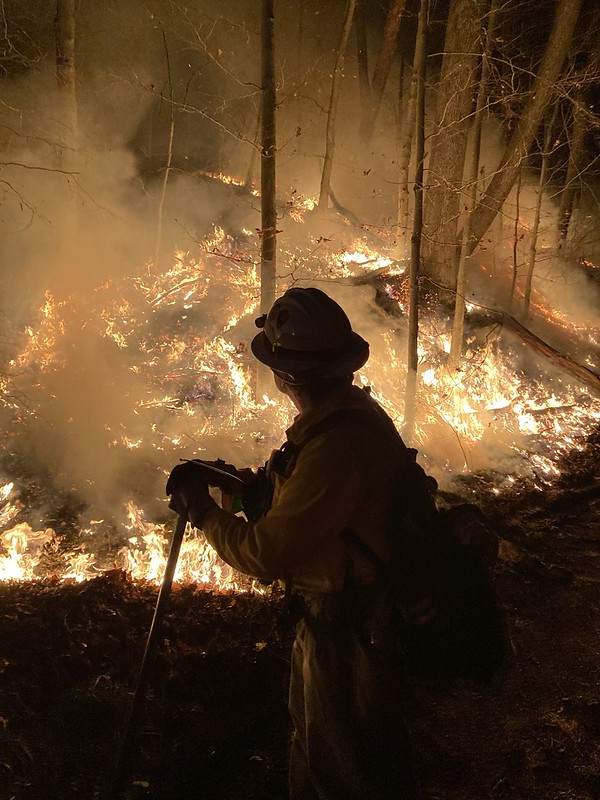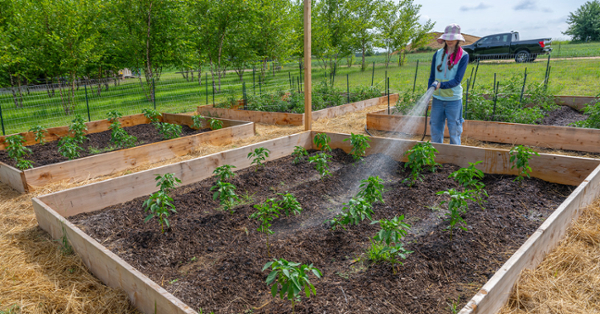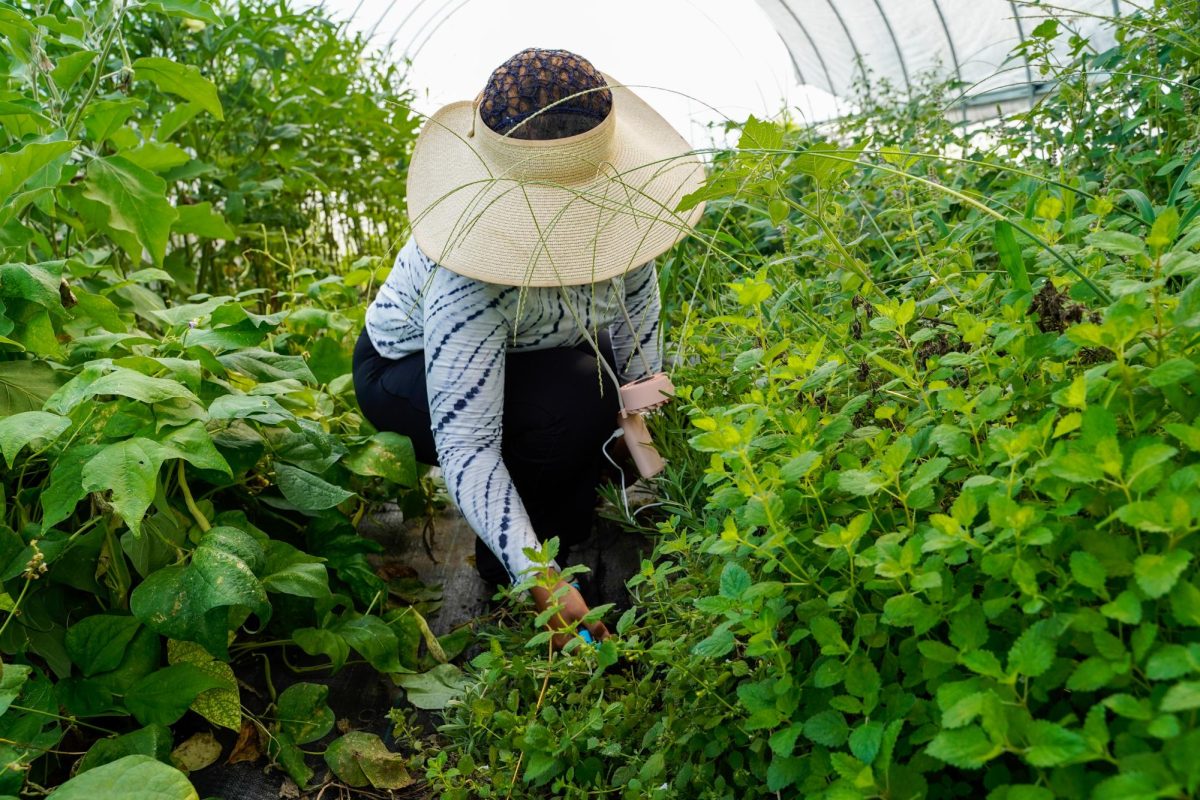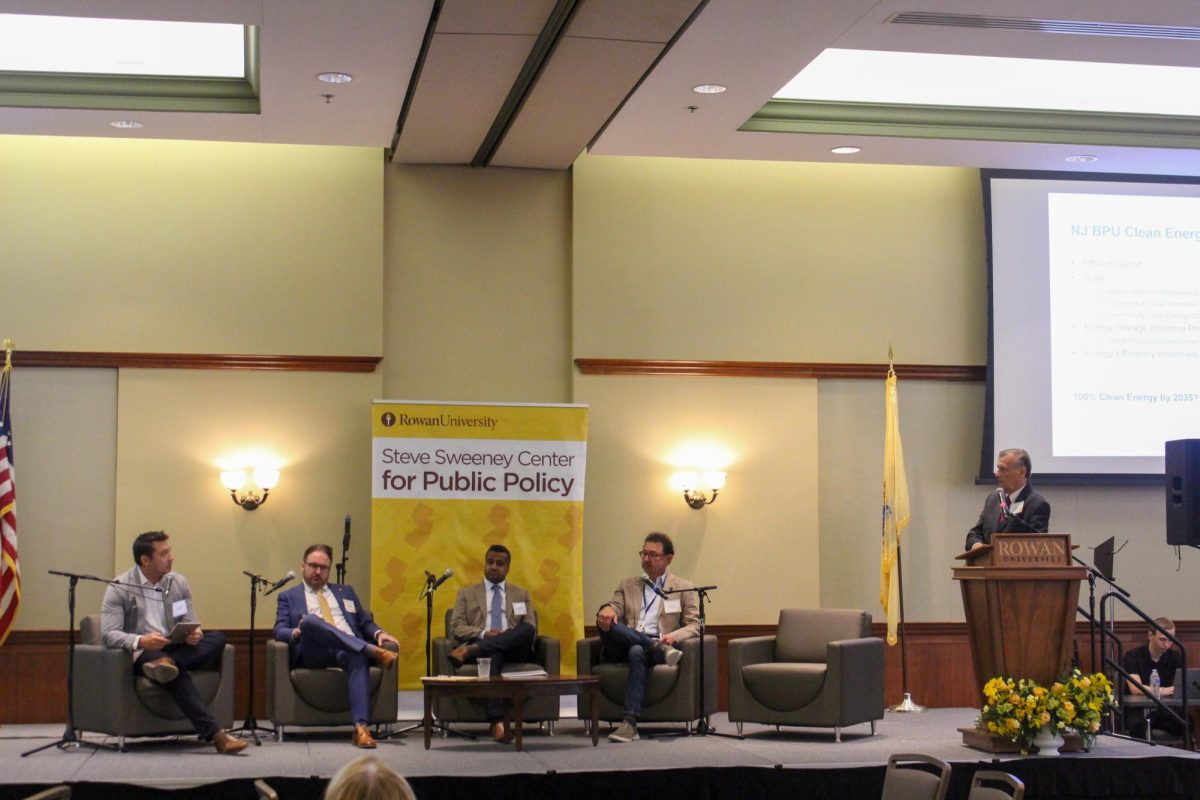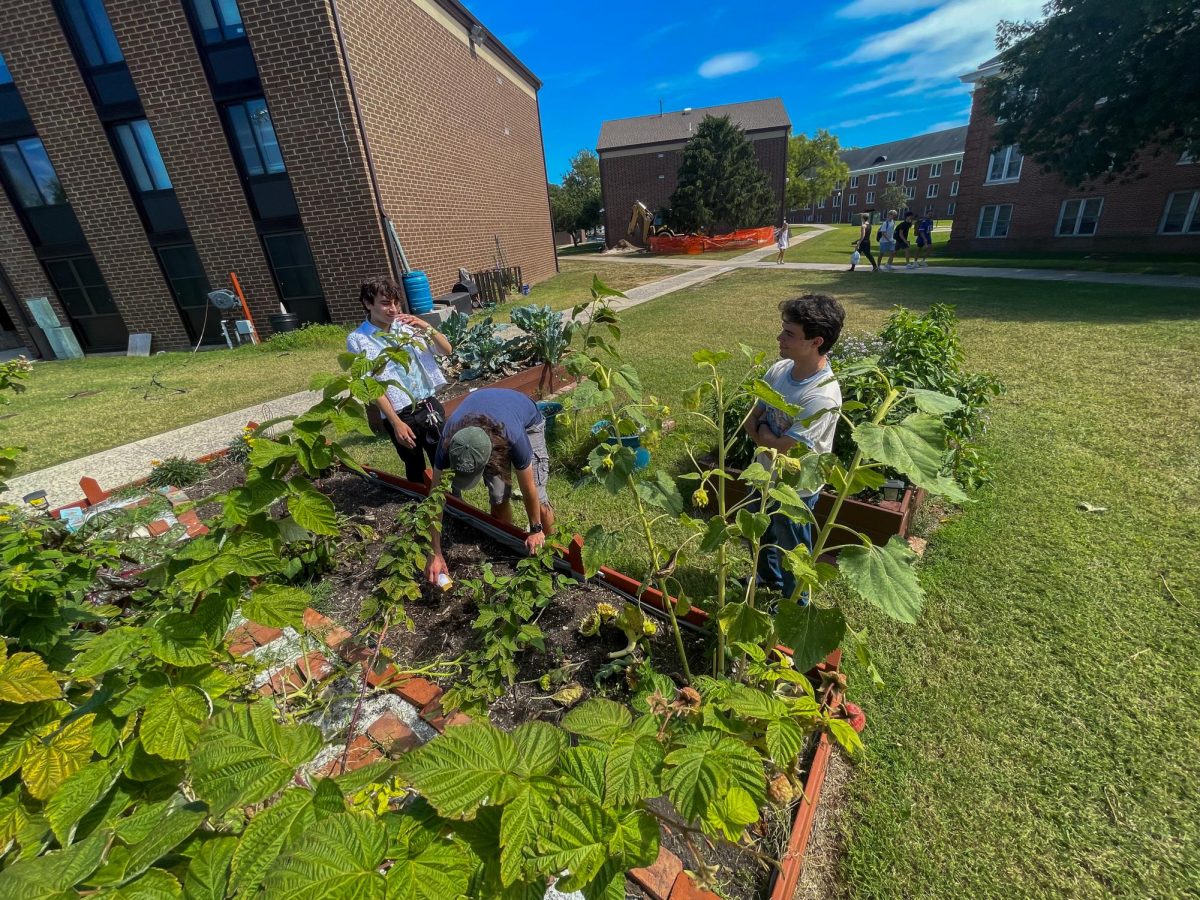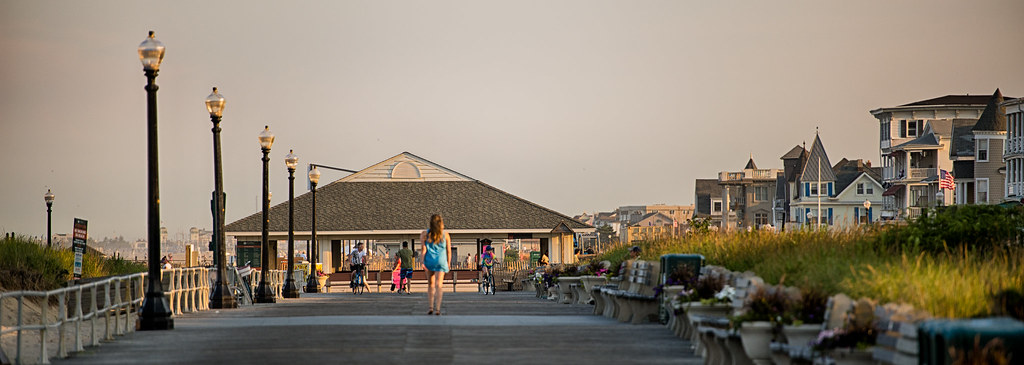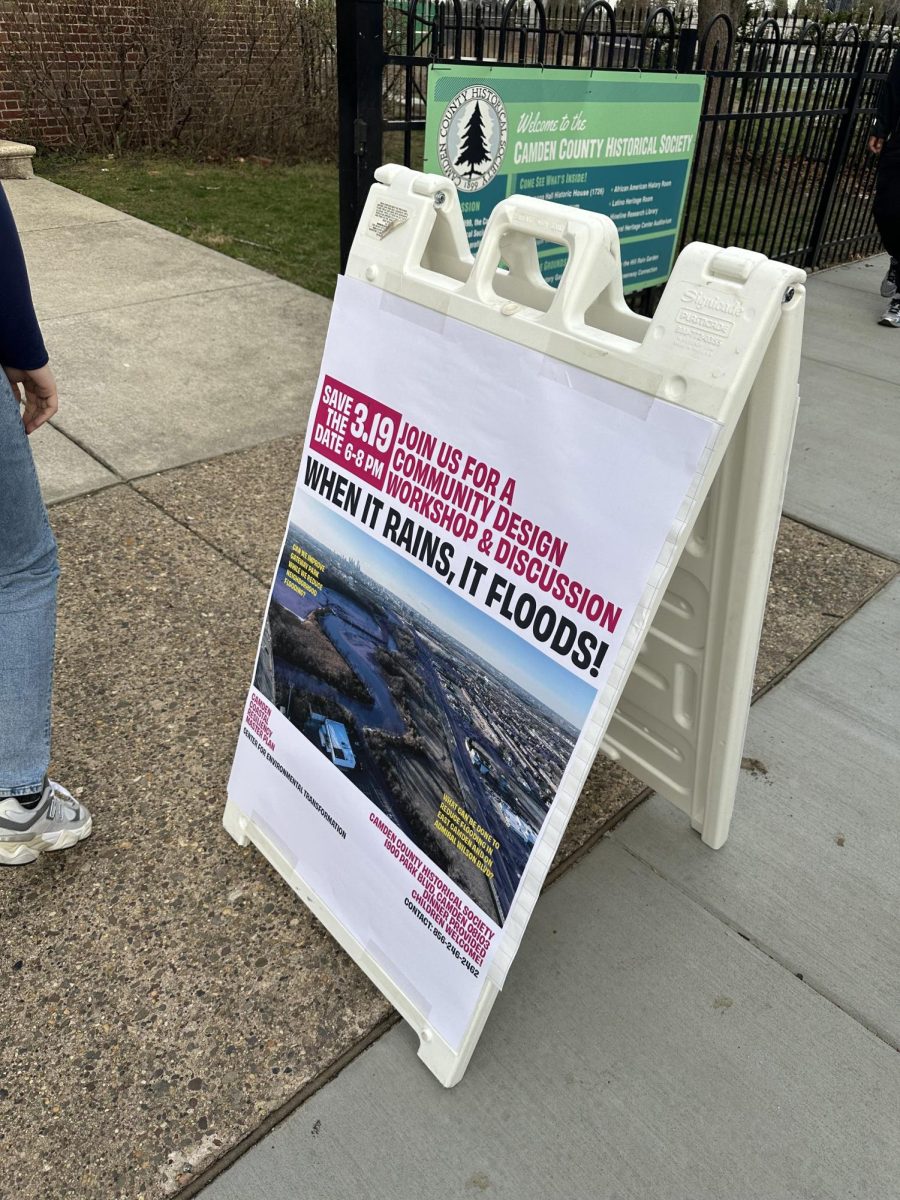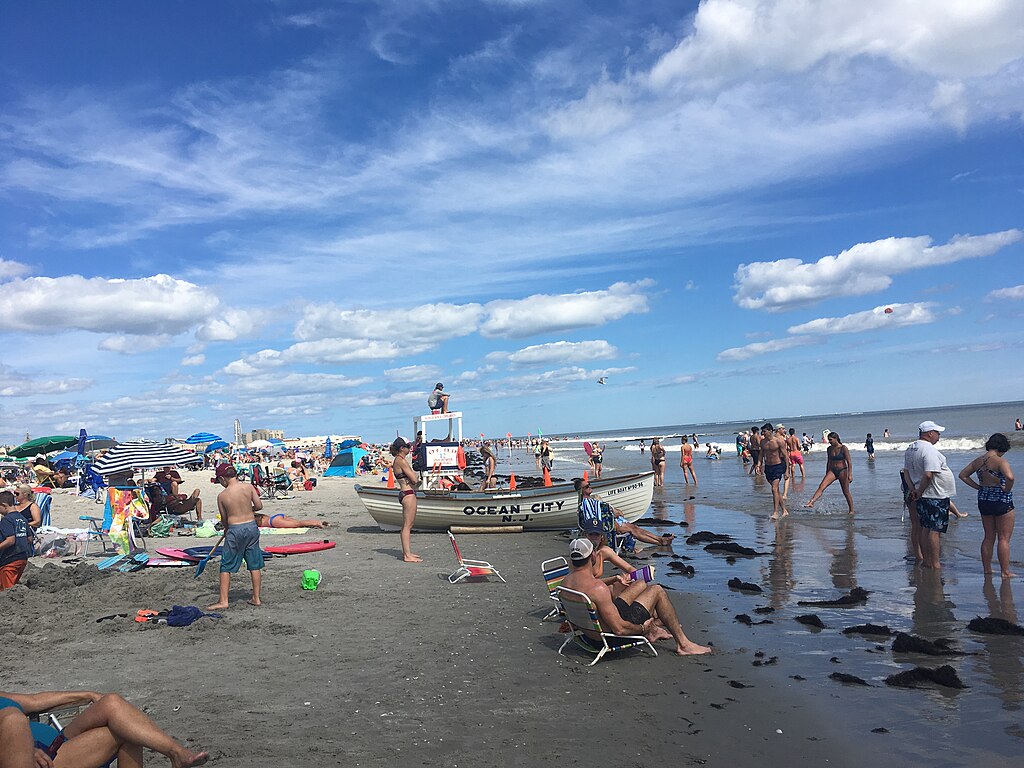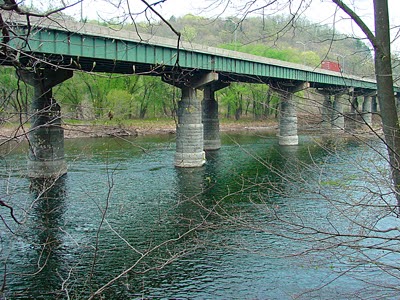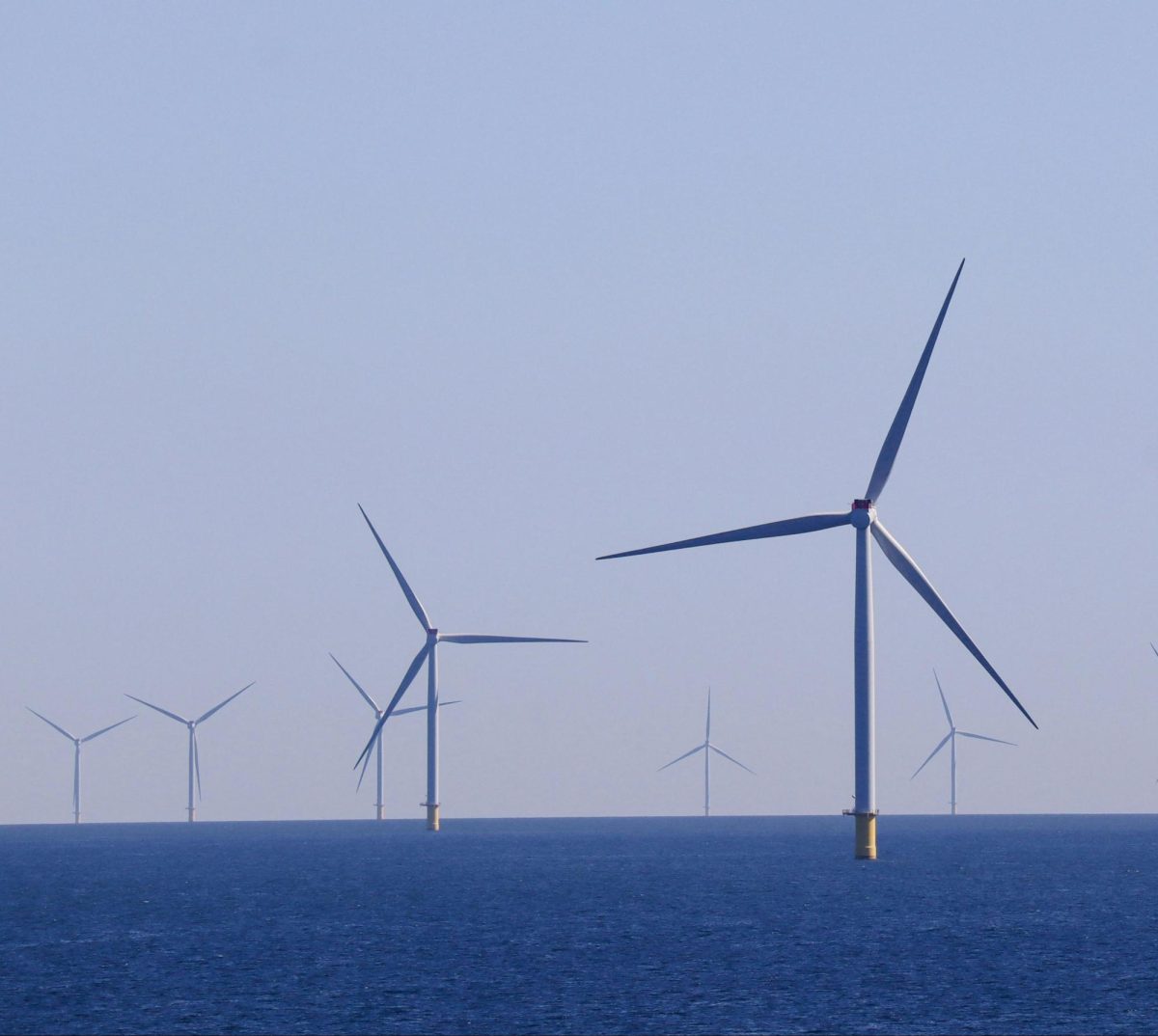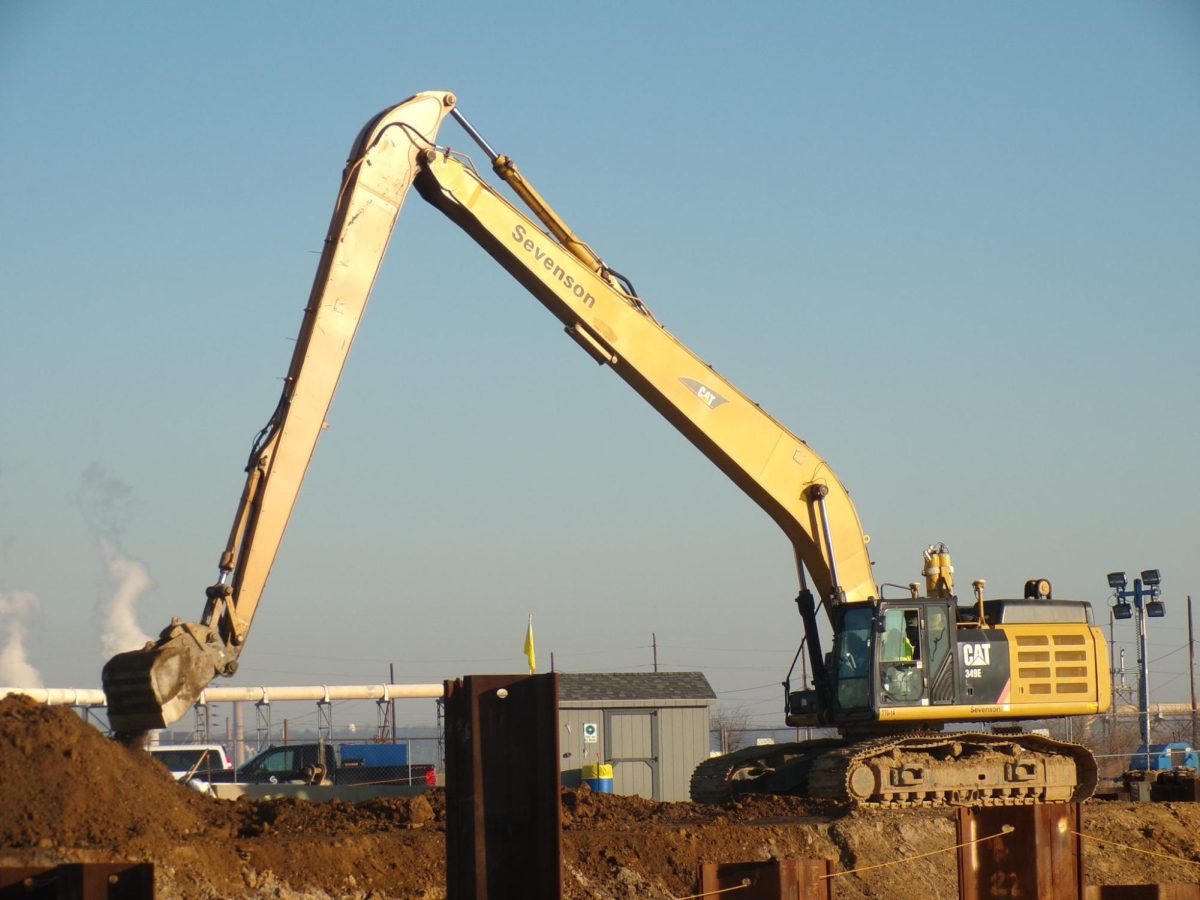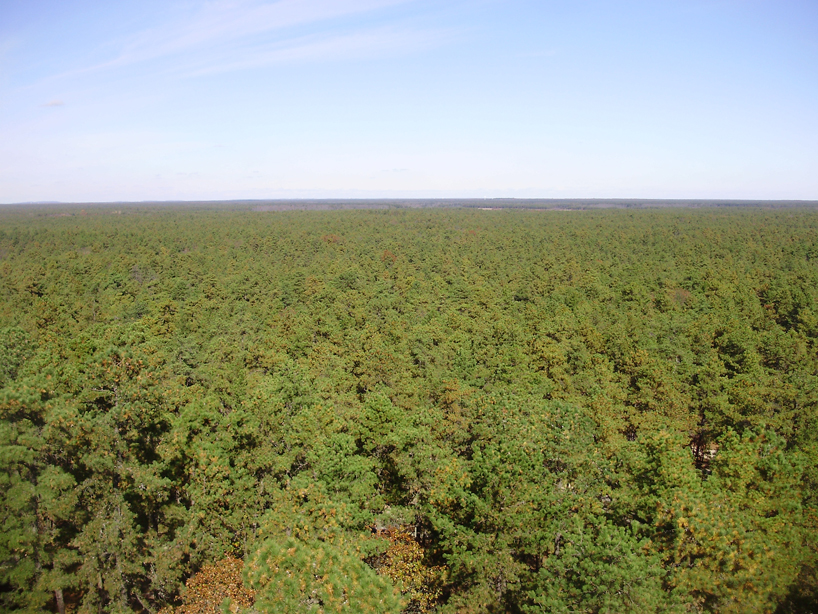The wildfire that began this week in the Pinelands in Ocean County has now involved nearly 15,000 acres and is considered one of the largest wildfires in New Jersey in the past two decades.
The fire is still burning as of April 24 and is about 50 percent contained, according to reports in the Associated Press. The area was under severe drought until recently.
Another wildfire in Gloucester County broke out on March 12, covering much of the surrounding area in a smoky haze, and according to NJ.com, the fire originated in Franklin Township.
Wildfires like these are becoming increasingly common due to the drought that is currently affecting the state. According to the Center for Climate and Energy Solutions, this is a side effect of a warming planet.
The U.S. Drought Monitor shows that as of April 17, all of South Jersey is abnormally dry, moderate drought, or severe drought. The Drought Monitor is produced through a partnership between the National Drought Mitigation Center at the University of Nebraska-Lincoln, the U.S. Department of Agriculture and the National Oceanic and Atmospheric Administration.

According to New Jersey State Fire Warden and Forest Fire Service Chief Bill Donnelly, this year’s wildfire season arrived abnormally early and has remained steady.
“Typically, New Jersey’s peak wildfire season runs from mid-March through May,” Donnelly said in an email. “It is not uncommon for New Jersey to experience an increase in wildfire activity around this time of year. However, this year has already been exceptionally busy for South Jersey fire departments, with major wildfires occurring a few weeks ahead of normal.”
Donnelly attributes New Jersey remaining under an official drought warning to the minimal precipitation the state experienced in the fall and in January.
“[It was] the third-driest January on record and well-below average precipitation throughout the winter,” he said. February’s precipitation levels were relatively normal, but Donnelly says it’s still not enough to replenish reservoirs and groundwater.
Donnelly also noted that the number of wildfires around this time has already more than doubled from last year’s amount. Between January and March 2025, New Jersey had 474 wildfires, which is 287 more than 2024, which saw 187 fires. The current drought in New Jersey is helping to propel these fires.
“The ongoing drought conditions have dramatically increased spring wildfire risk in New Jersey,” said Donnelly. “Forest fuels such as downed branches, leaves, and pine needles are tinder dry, increasing their susceptibility to burn if fire is introduced.
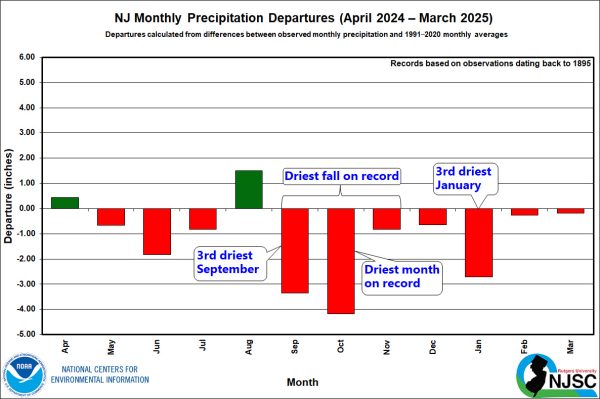
However, Donnelly added, “Humans are responsible for nearly all wildfire starts in New Jersey, whether through arson or accidental ignition. Of the 1,440 wildfires recorded in the state in 2024, only four were sparked by lightning, the sole natural cause of wildfires. Nationally, 85 percent of wildfires are caused by humans, according to 2000-2017 data based on Wildland Fire Management Information (WFMI) and U.S. Forest Service Research Data Archive.”
An arrest also has been made in the still-active Pinelands fire. A 19-year-old man from Waretown has been charged with arson and aggravated arson in association with the fire. According to AP News, an Oct. 30, the fire last year led to Evesham police charging a juvenile arrested on Nov. 7.
According to New Jersey State Climatologist David Robinson, while the drought South Jersey has been experiencing for several months now is not normal, conditions are steadily improving. Robinson also sits on the New Jersey Department of Environmental Protection drought committee and makes recommendations to the weekly National Drought Monitor coordinator.
“At this time, I would not anticipate this [a drought emergency] occurring unless conditions worsen in the months ahead,” said Robinson in an email interview. “In fact, conditions have improved in recent weeks, and this is evident in the weekly U.S. Drought Monitor that looks at conditions through this past Tuesday morning. This is the best shape NJ has been in since early last fall…conditions continue to improve.”
With wildfires becoming increasingly more prevalent, there are risks posed not only to the land but also to residents. While, according to Donnelly, these effects are mostly location-specific, there are exceptions.
“An example: the Canadian wildfires that blanketed New Jersey in smoke,” said Donnelly. “For those that live in the Pinelands, where wildfire can be a more frequent occurrence, some disruptions to daily life should be expected – from road closures and detours to, in extreme circumstances, the potential evacuation of your home…Wildfire can also impact air quality, and caution should be taken for those with sensitive respiratory systems.”
As for what South Jersey residents can expect this summer, Robinson warns not to believe any source that claims absolute certainty. The National Weather Service’s summer forecast shows slightly above average precipitation for June through August and, according to Robinson, there isn’t a current indication of drought conditions increasing.
However, “That can’t be pulled off the table,” Robinson said in an email. “Any extended dry spell (which can even occur in a rather wet summer) could result in wildfires. Though it would be less common to see a rapid onset of drought (flash drought) during a wet summer.”

